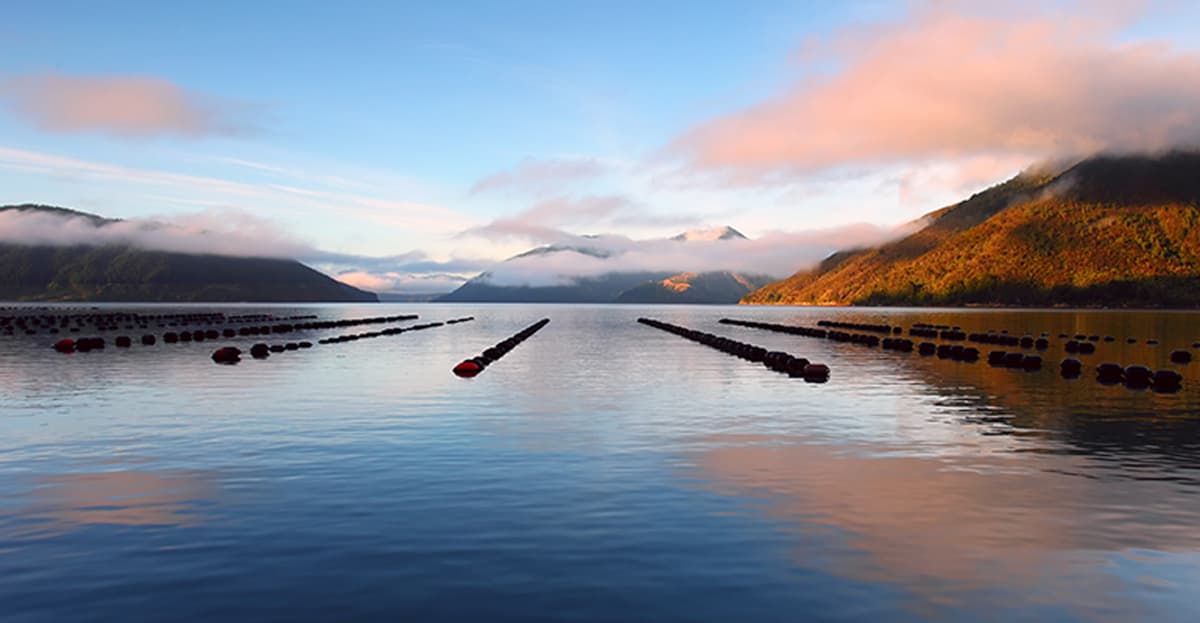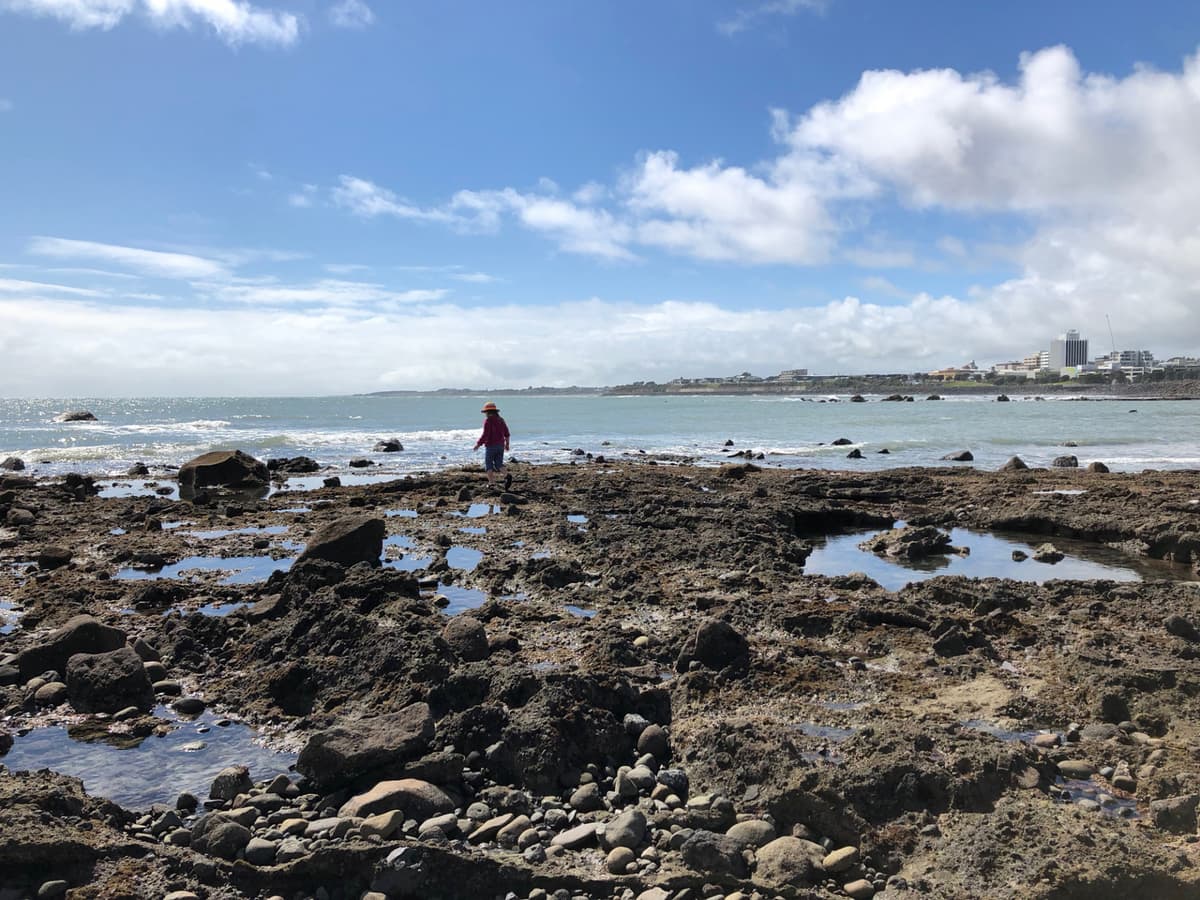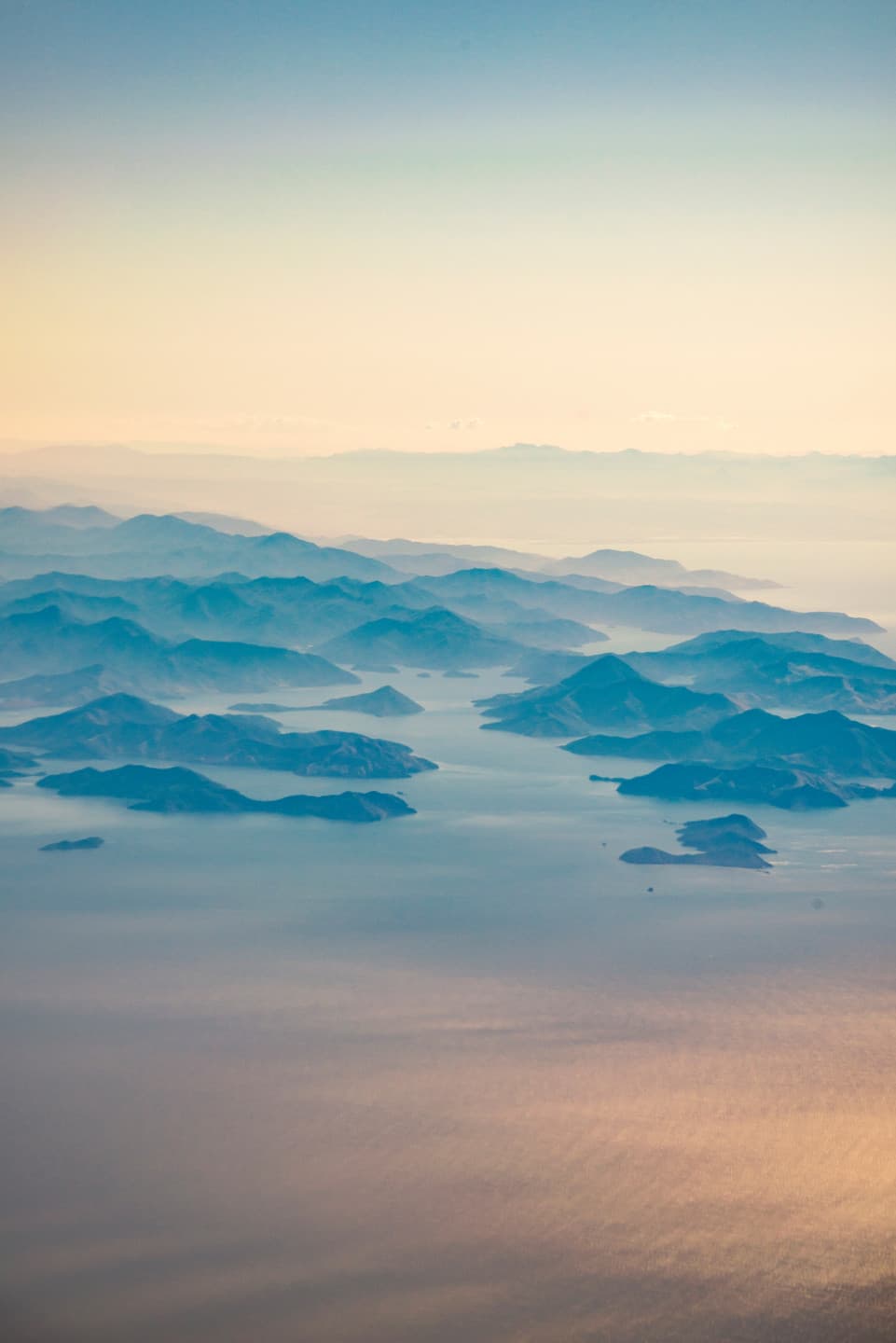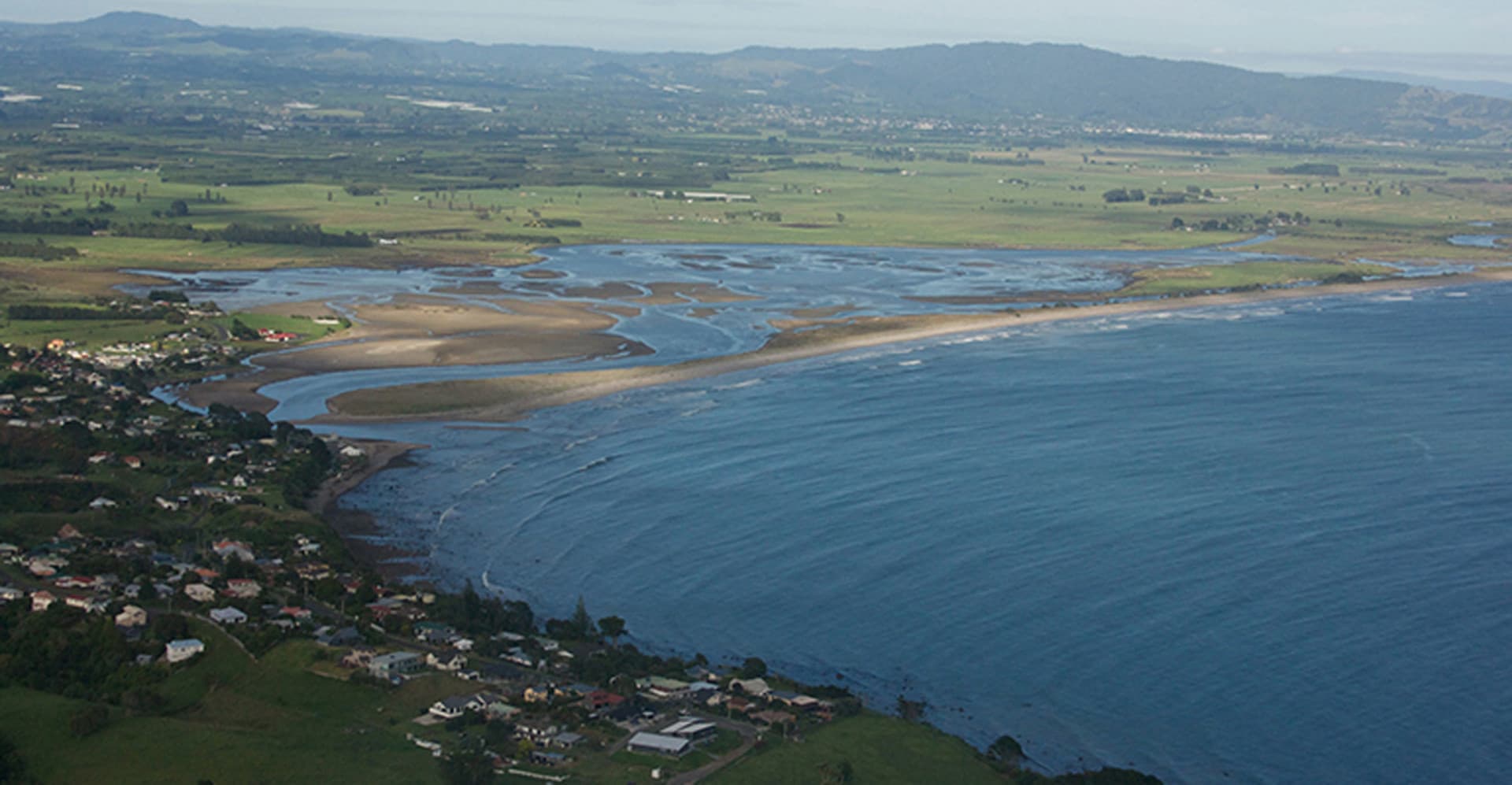Related projects & activities





We examined how the Kaituna River re-diversion strategy was developed, to identify success factors in stakeholder and iwi engagement that could be applied in other marine resource contexts.
| Project Leader | Duration | Budget |
|---|---|---|
| Patrick Barrett (University of Waikato) | October 2016 – September 2018 | $293,000 |
A long process of engagement between the Bay of Plenty Regional Council and the community has resulted in the partial re-diversion of the Kaituna River into the Maketū estuary. The aim was to restore estuarine habitats by reducing sedimentation, re-establishing wetland and salt marsh environments, and replenishing shellfish and other fish stocks.
Our research examined interactions between the council and the community that led to this outcome. We interviewed key individuals and groups involved in planning and designing the project to identify principles and practices for effective community engagement. We spoke with iwi and hapū, landowners, developers, environmental NGOs, councils and recreational users. We also examined a large archive on the history of flood and drainage works affecting the estuary.
We found that while marine science was important in developing the restoration strategy, the planning process was ultimately a social and political activity. A social science perspective allowed us to uncover these dynamics, showing how politics, ideas and engagement strategies all contributed to the outcome. The reason the strategy was successful was that it provided the opportunity for multiple perspectives to be heard and fostered mutual learning among participants and the development of a common vision.
The case provides noteworthy examples of local traditional knowledge being incorporated into technical designs, improving the likelihood of effective outcomes. These insights suggest scientists and engineers engaged in planning processes will be more effective acting as informed facilitators than subject experts.
This project has produced or contributed to:



